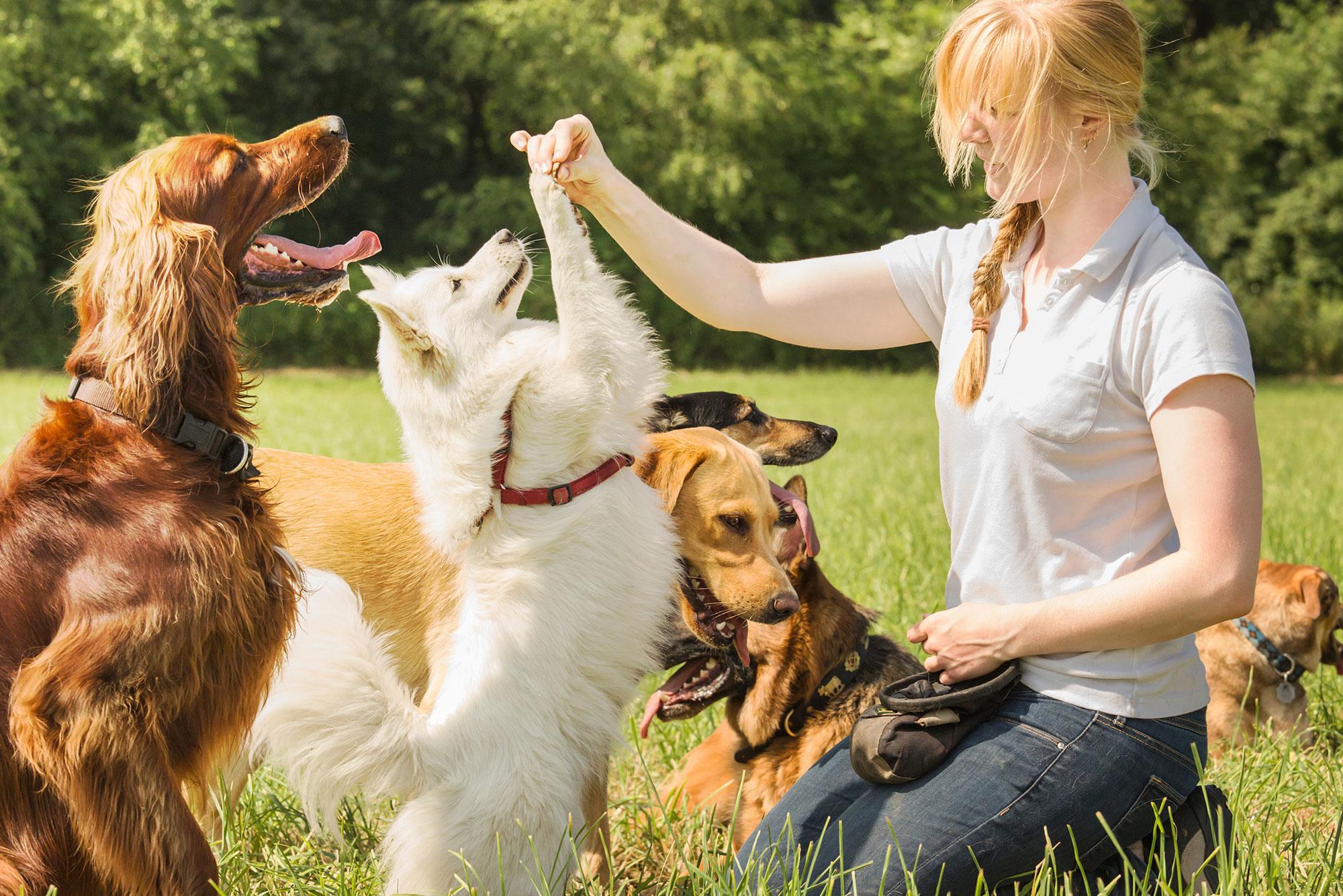Training a dog is not just about teaching them basic commands; it is about unlocking their true potential and building a strong bond between you and your furry friend. Professional dog trainers understand the importance of using scientific methods and techniques to achieve lasting results. You may elevate your dog's skills with the help of certified trainers, by navigating this website.
In this article, we will explore the science behind successful professional dog training and how it can help unlock your pet's full potential.
Understanding Canine Behavior
Before delving into the science of dog training, it is essential to understand the basics of canine behavior. Dogs are social animals that have developed complex communication systems over thousands of years. By understanding their natural instincts and behaviors, professional trainers can tailor their training methods to suit individual dogs.

Image Source- Google
Scientific research has shown that dogs rely heavily on body language, vocalizations, and scent communication to interact with their environment and other dogs. A professional dog trainer takes these natural instincts into account when designing a training program. They use positive reinforcement techniques and rewards to encourage desired behavior while discouraging unwanted actions.
The Power of Positive Reinforcement
Positive reinforcement is a scientifically proven method that involves rewarding a dog for exhibiting the desired behavior. When a dog receives praise, treats, or toys after performing a command correctly, they associate that behavior with positive outcomes. This encourages them to repeat the behavior in the future.
Professional trainers use positive reinforcement to teach dogs new commands, modify behavior problems, and strengthen the human-dog bond. This method focuses on rewarding good behavior rather than punishing bad behavior, making the training experience enjoyable and effective for both the dog and the owner.
Operant Conditioning
Operant conditioning is another fundamental concept used in professional dog training. It is a learning process in which behavior is modified through consequences, such as rewards or punishments. By applying operant conditioning principles, trainers can shape a dog's behavior by reinforcing positive actions and ignoring or redirecting unwanted behaviors.
For example, when teaching a dog to sit, a trainer may reward the dog with a treat every time they sit correctly. This positive reinforcement strengthens the association between the command and the intended behavior. Over time, the dog learns that sitting when commanded will result in a reward, making it more likely to comply in the future.
Understanding Canine Cognition
Scientists have also been studying canine cognition to gain a deeper understanding of how dogs think and learn. These studies have revealed that dogs possess cognitive abilities similar to those of young children, including problem-solving, memory, and social learning.
Professional trainers leverage this knowledge by incorporating cognitive exercises into their training programs. They engage dogs in interactive games, puzzles, and tasks that challenge their problem-solving skills. By stimulating their minds and keeping them mentally active, trainers can unlock their full potential and enhance their overall learning experience.

